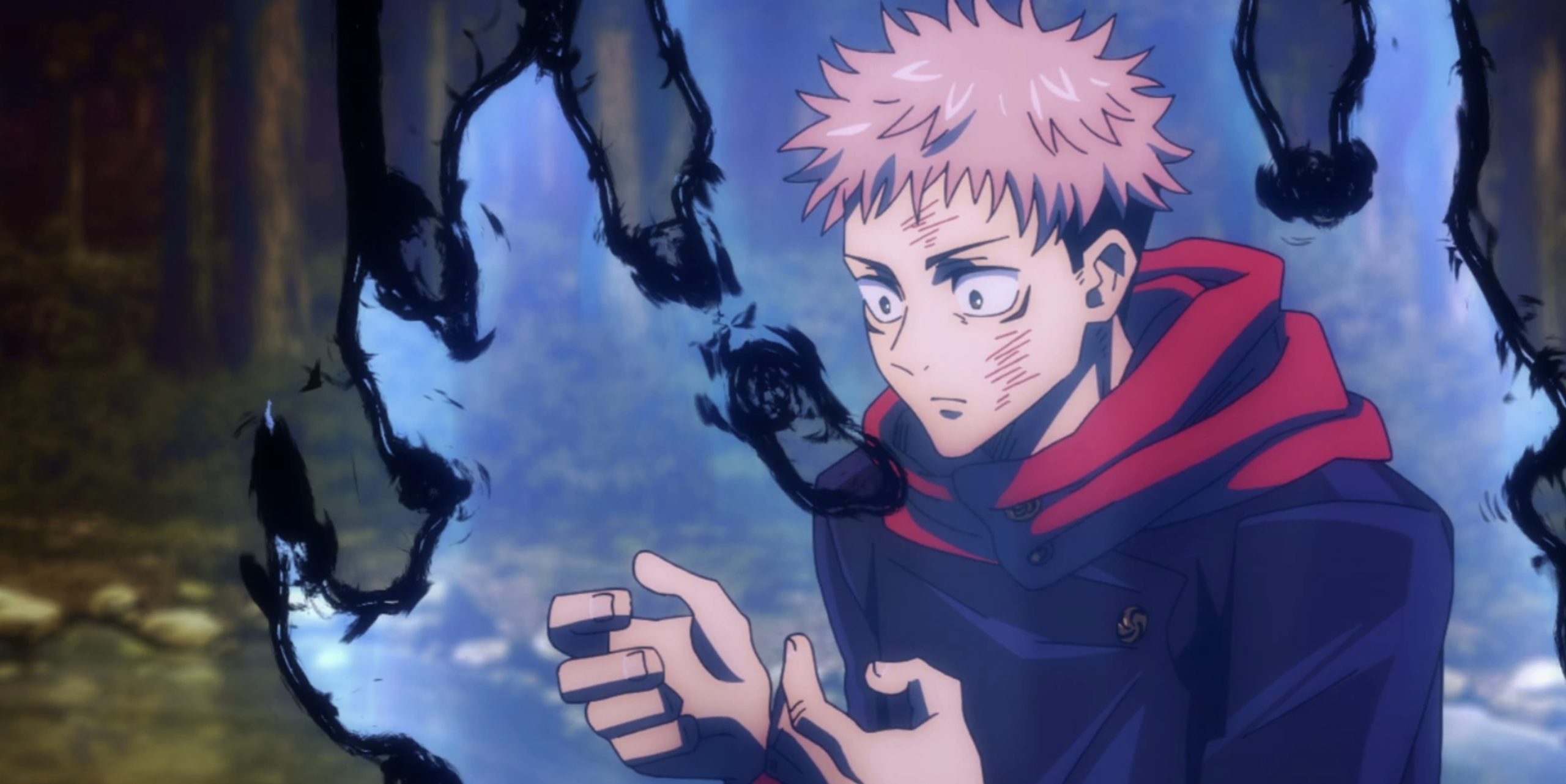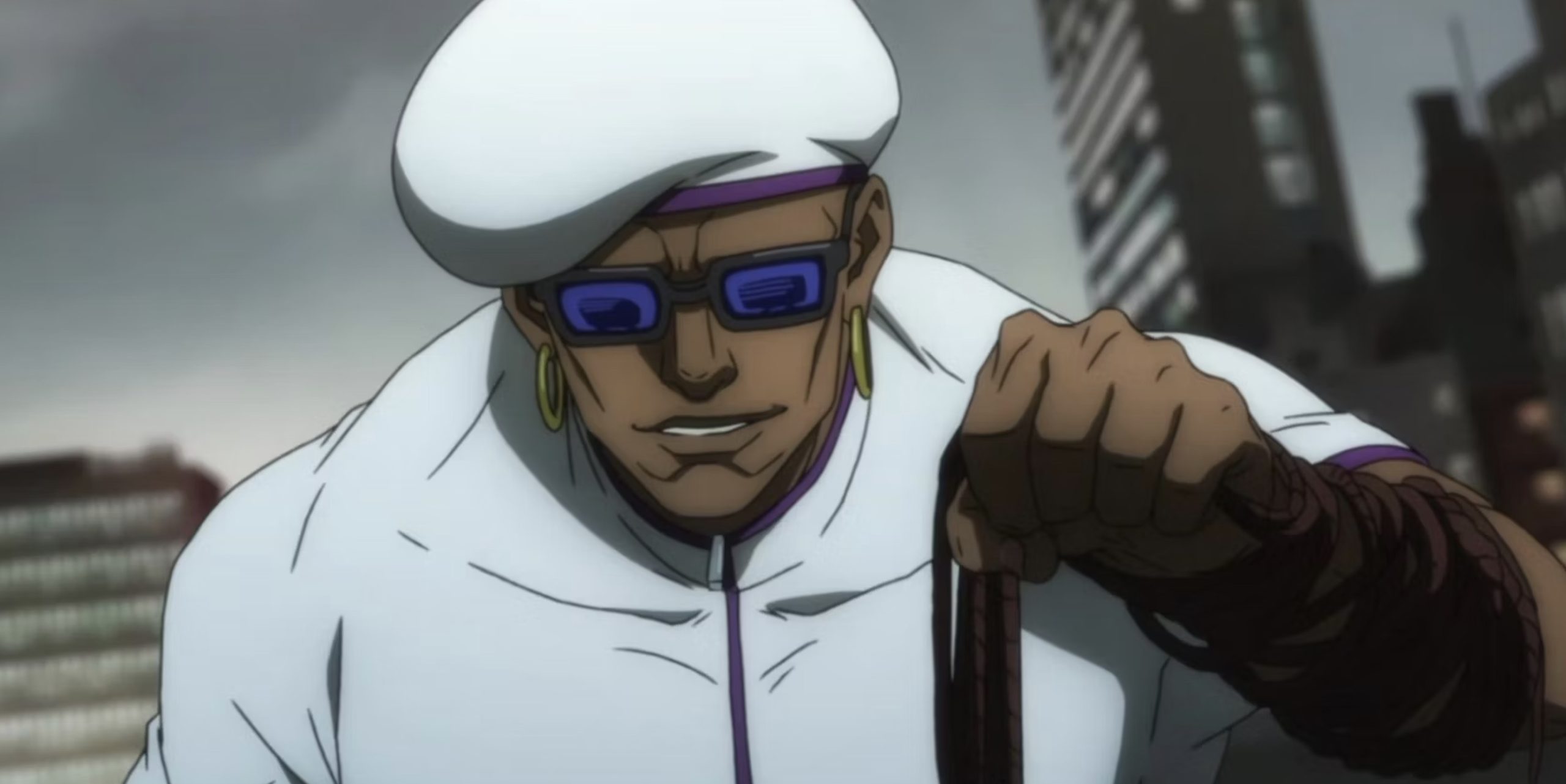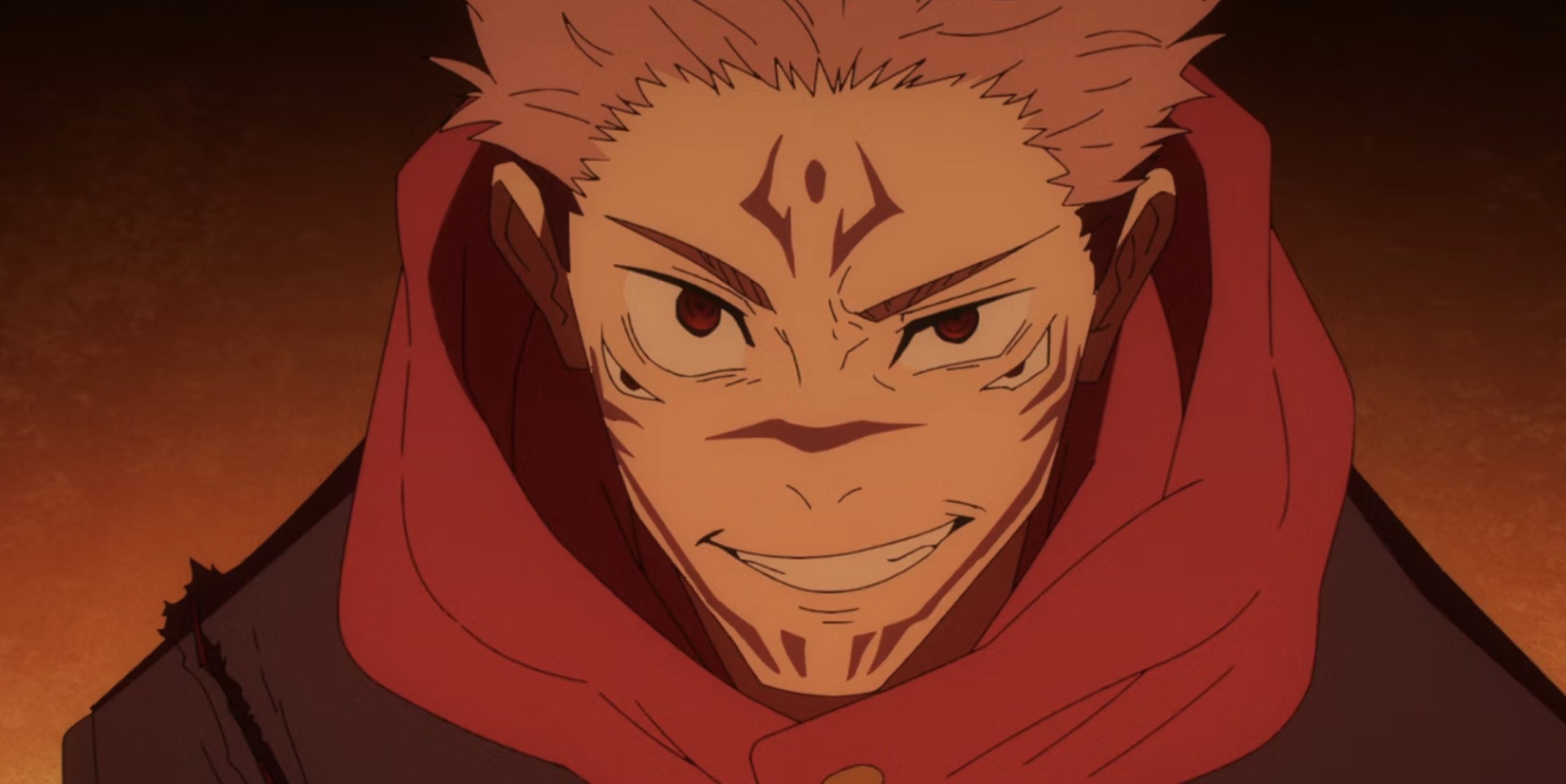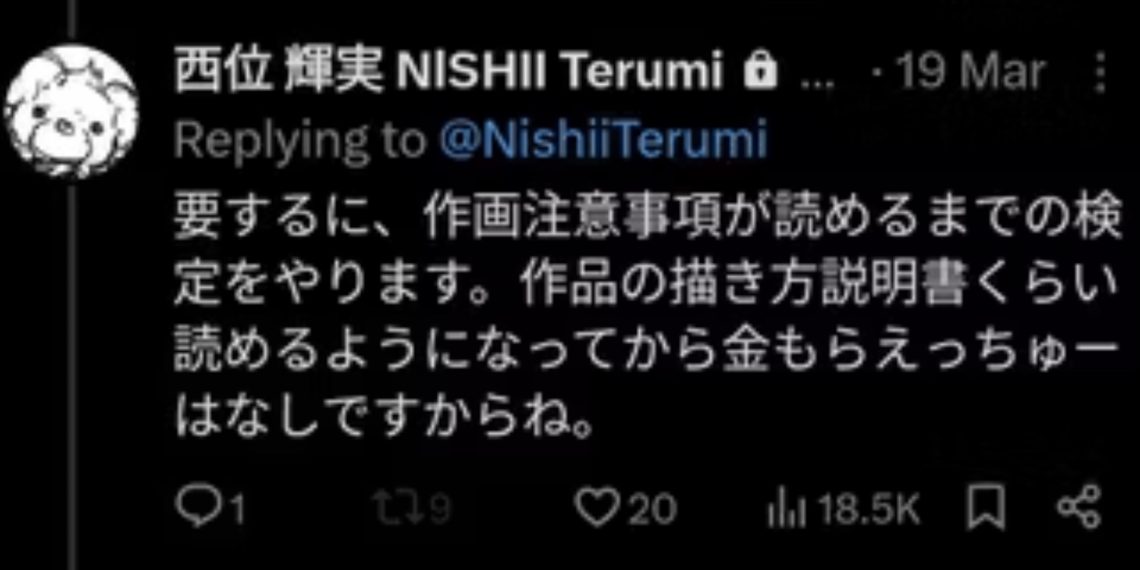Terumi Nishii, the Chief Animation Director for Jujutsu Kaisen 0, recently shared a somber perspective on the trajectory of the anime industry. In a message posted on X (formerly Twitter), Nishii painted a bleak picture of what lies ahead, hinting at a potential surge in bankruptcies among anime studios.
Nishii’s post expressed concern over the strain on resources within the industry. They remarked,
“In the future, each company’s capacity will likely be fully depleted. We anticipate a rise in bankruptcies, given the scenario where a production slated for completion in three years ends up taking five, with the budget diverted to another project 😋. I wonder how many animators will weather that storm. Those who are not vigilant may find themselves left behind. Let’s all make an effort to stay informed!”
The statement from Nishii highlights the systemic challenges faced by anime studios, including the delicate balance between project timelines and financial resources.
With production delays and budget reallocations becoming more common, studios are under increasing pressure to adapt and survive in an unforgiving landscape.

Nishii’s warning serves as a call to action for industry professionals to remain vigilant and proactive in exploring these challenges. The implication is clear: those who fail to stay ahead of the curve may find themselves facing dire consequences.
Nishii’s message underscores the importance of foresight and adaptability in an industry undergoing rapid change.
As the demand for anime continues to grow, so too do the demands placed on studios and their workforce. Only by staying informed and proactive can animators hope to weather the storm and thrive in the face of uncertainty.
Challenges in Anime Production: Balancing Budgets, Competency, and Industry Stability
Nishii’s concerns regarding anime budgets are echoed by other industry figures. The production timeline for anime often spans around three years prior to airing, highlighting the extensive planning and coordination required.
Atsushi Kaneko, the producer of Solo Leveling, shed light on this process during a recent Solo Leveling special, revealing that he received the project outline as early as July 2020.

Animation, typically occurring towards the latter stages of production, is a critical component that demands precision and proficiency. However, an excessive number of retakes due to low competency among animators can lead to additional costs in terms of compensation.
If these unforeseen expenses cannot be accommodated within the budget, it jeopardizes the viability of ongoing projects.
Consequently, despite significant progress being made, the collapse of one project can have a domino effect, ultimately culminating in bankruptcy for studios.
This revelation underscores the intricate financial balancing act that anime studios must explore. While projects may progress concurrently, any disruptions or budgetary constraints can have cascading repercussions.
Therefore, addressing competency issues among animators and implementing strategies to mitigate production delays are imperative to safeguarding the stability of the industry.

Kaneko’s insights shed light on the inherent challenges embedded within the anime production process. As studios grapple with maintaining quality standards while adhering to tight budgets and timelines, proactive measures must be taken to avert the looming threat of bankruptcy.
Only through collective effort and strategic planning can the industry weather these challenges and continue to thrive in a landscape.
Nishii’s remarks were part of a broader discussion surrounding NAFCA‘s forthcoming book aimed at establishing an Animator Skills Certification.
Nishii has been vocal about her concerns regarding the declining skill level among the newer generation of animators, which she believes contributes significantly to the looming collapse of the anime industry.

She has previously criticized the practice of hiring animators through social media platforms, labeling it as a means of recruiting cheap labor devoid of the necessary time and environment to learn from their mistakes and grow professionally.
NAFCA’s initiative seeks to address these concerns by introducing a standardized certification process for animators. The aim is to establish a clear pathway where skill proficiency aligns with job opportunities and fair compensation.
In her capacity as the Chief Animation Director for prominent works such as the Jujutsu Kaisen 0 film and JoJo’s Bizarre Adventure: Diamond Is Unbreakable, Nishii plays a pivotal role in ensuring that animator drawings meet the required standards.
She has previously highlighted the immense pressure placed on animation directors, who are instrumental in maintaining the visual consistency of an anime.
This sentiment was echoed by Kiyoshi Komatsubara, the chief animation director for Bleach: The Thousand-Year Blood War, who disclosed his struggles with health issues, particularly during year-end crunch periods.
Komatsubara’s acknowledgment of the toll on his health underscores the physical and mental strains experienced by animation professionals in the industry.










